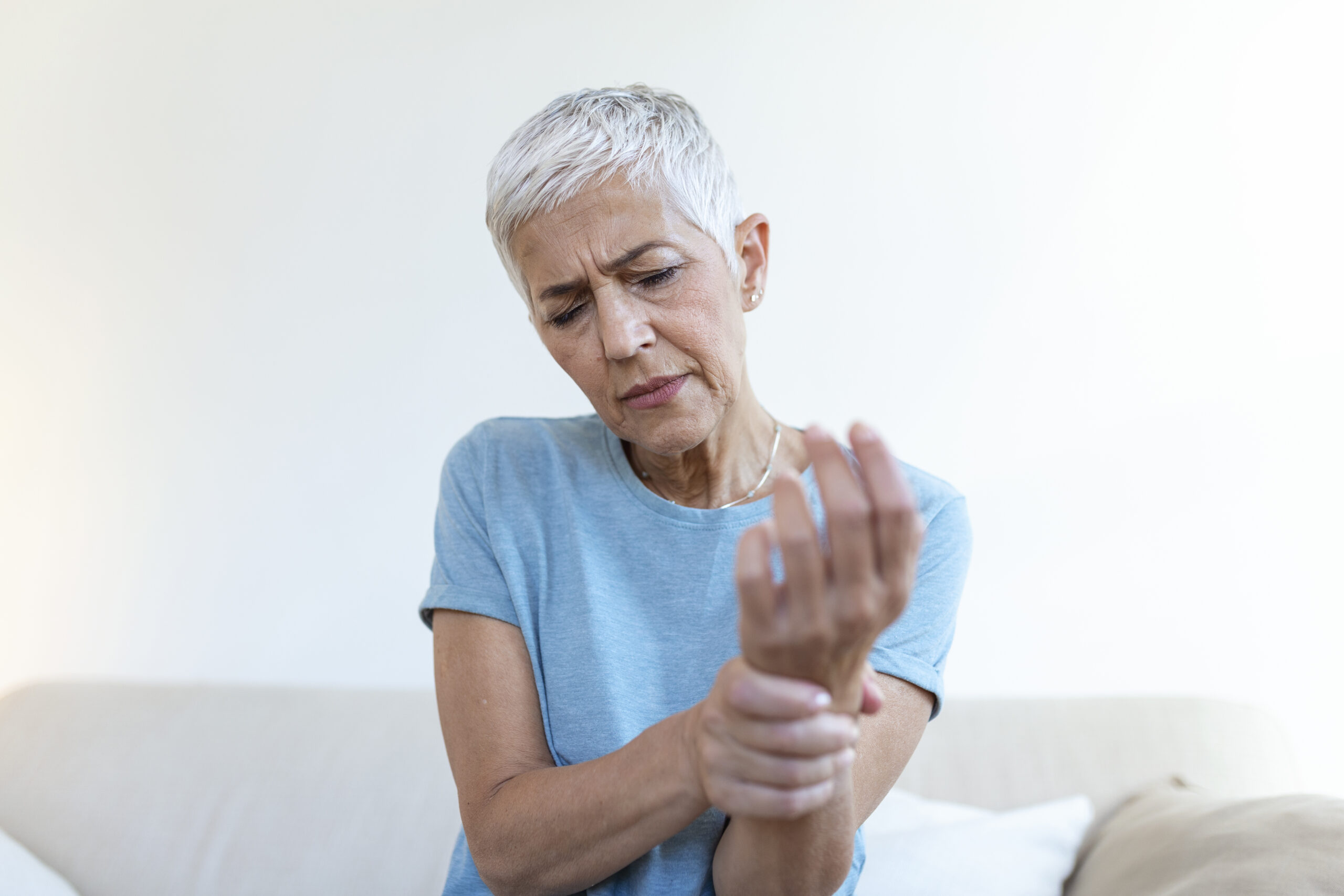Myth 5: Higher Pressures Are Always Better
Not true. The idea that more pressure equals better results is a misunderstanding. Hyperbaric oxygen therapy sessions are called “dives” because they mimic the effects of underwater pressure plus atmospheric pressure. Each dive has a set pressure measured in ATA, or atmospheres absolute, and a set time duration.
For neurological conditions, lower pressures between 1.3 and 1.7 ATA are usually best. In contrast, wounds, ulcers, and other tissue injuries often respond better to pressures around 2.0 to 2.4 ATA, and sometimes up to 2.6 or 2.8 ATA, though higher pressures also carry higher risks. Shorter dives can sometimes be safer, especially for patients with increased risk for oxygen toxicity. The key is finding the right balance of pressure and time — more is not always better.
Myth 6: Home Chambers Work Just as Well as Clinical Chambers
This is another common misconception. Home hyperbaric chambers, usually soft-shell types, typically only reach about 1.3 ATA. A few models might go to 1.5 ATA, but that is still far below what many medical conditions require. While mild hyperbaric chambers do have some effect, they cannot achieve the higher pressures needed to treat more serious wounds or conditions.
Early studies showed little difference between higher and lower pressures, but this was due to flawed study design where both groups improved. It takes a trained hyperbaric physician to determine the right pressure and duration for a patient’s unique needs.
Myth 7: If I Use Lower Pressure, I Can Just Stay in the Chamber Longer
No, this approach does not work. Some people believe that spending more time at a lower pressure will make up for the lack of intensity. However, there is no research supporting that a longer session at low pressure provides the same benefit as a shorter session at higher pressure. There is also no evidence that adding extra time leads to better outcomes. Myth debunked.
Myth 8: If I Use Higher Pressure, I Can Cover Every Condition at Once
That is not advisable. Lower pressures are safer and better suited for certain conditions, particularly neurological ones. Diving a patient with multiple conditions at a high pressure is not necessarily more effective and can increase the risk of side effects. Again, more is not always better. Treatment must be customized to the patient, their condition, and their tolerance for oxygen exposure.
Myth 9: Oxygen Is Very Toxic
Oxygen itself is not inherently toxic. The key is in how it is administered. There are two types of oxygen toxicity to consider:
one that affects the lungs and one that affects the brain. Lung toxicity usually comes from moderate oxygen exposure over a long period, while central nervous system toxicity results from high exposure over a short time.
Hyperbaric doctors calculate and monitor safe limits for oxygen exposure and schedule treatments so patients stay well below those limits. Any lung toxicity risk resets every 24 hours. As for the brain, while central nervous system oxygen toxicity cannot be precisely predicted, it is rare, and trained professionals are prepared to manage it.
Myth 10: It Is Better to Space Out Dives Over Weeks or Months
This is not the case for most conditions. A limited number of dives is far more effective when scheduled closer together, usually 3–5 times per week, rather than spread over many weeks. This is especially true for wound healing and recovery. Chronic conditions might require more total sessions, but even then, spacing them out too much can limit results. Consistency and frequency are critical to success with HBOT.
Stay tuned for the next part of our Hyperbaric oxygen therapy myth-busting series, where we will continue to explore and explain the science behind this powerful therapy. For more information, visit our blog or contact us directly to learn if HBOT is right for you.







